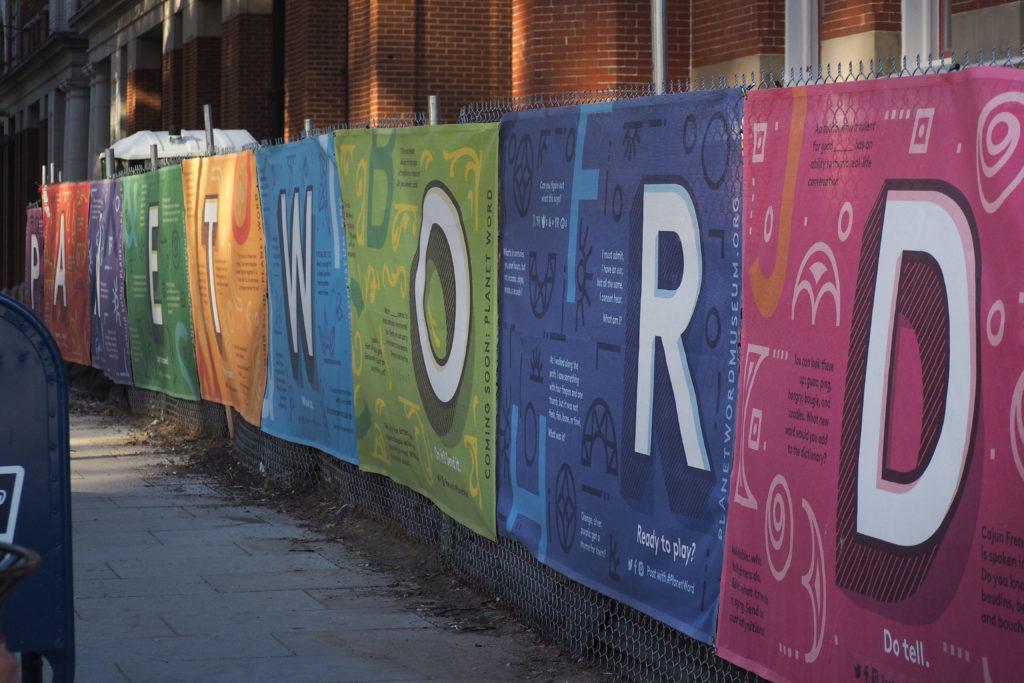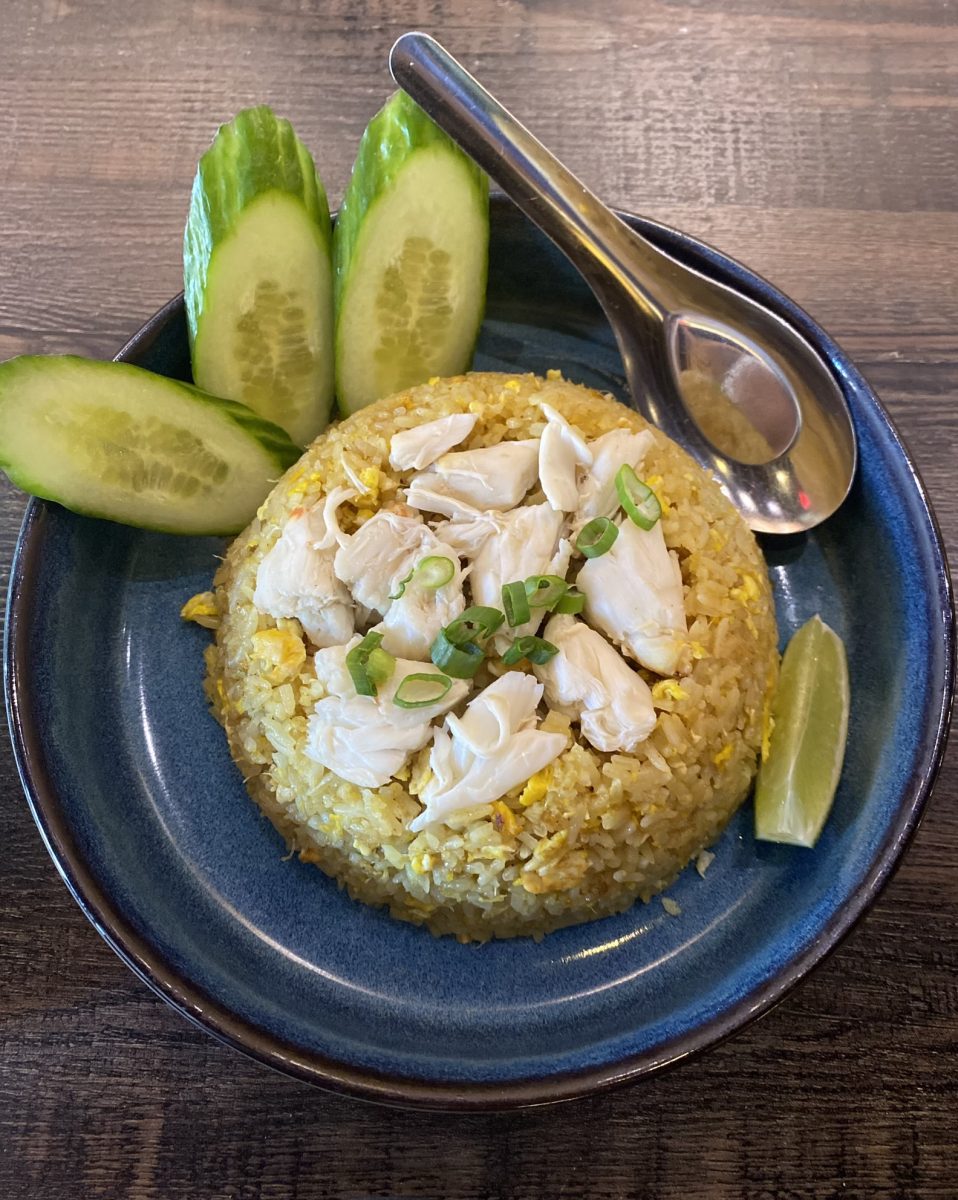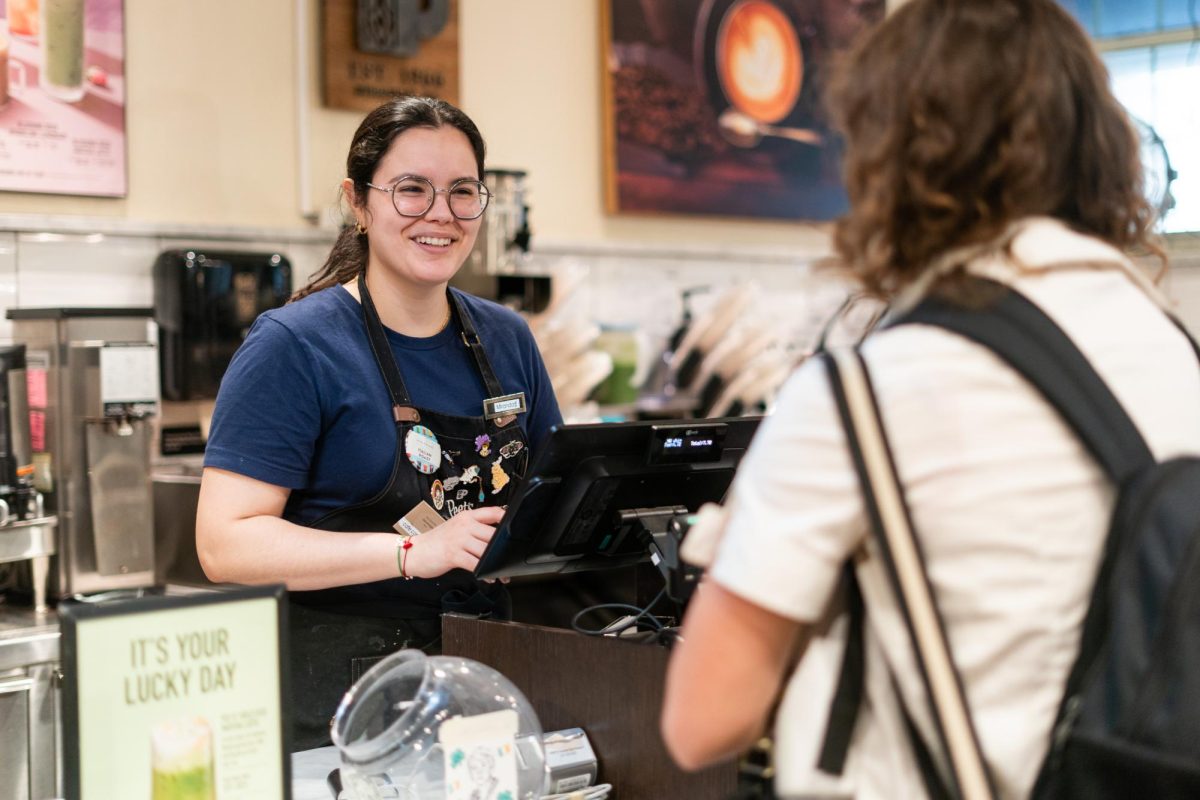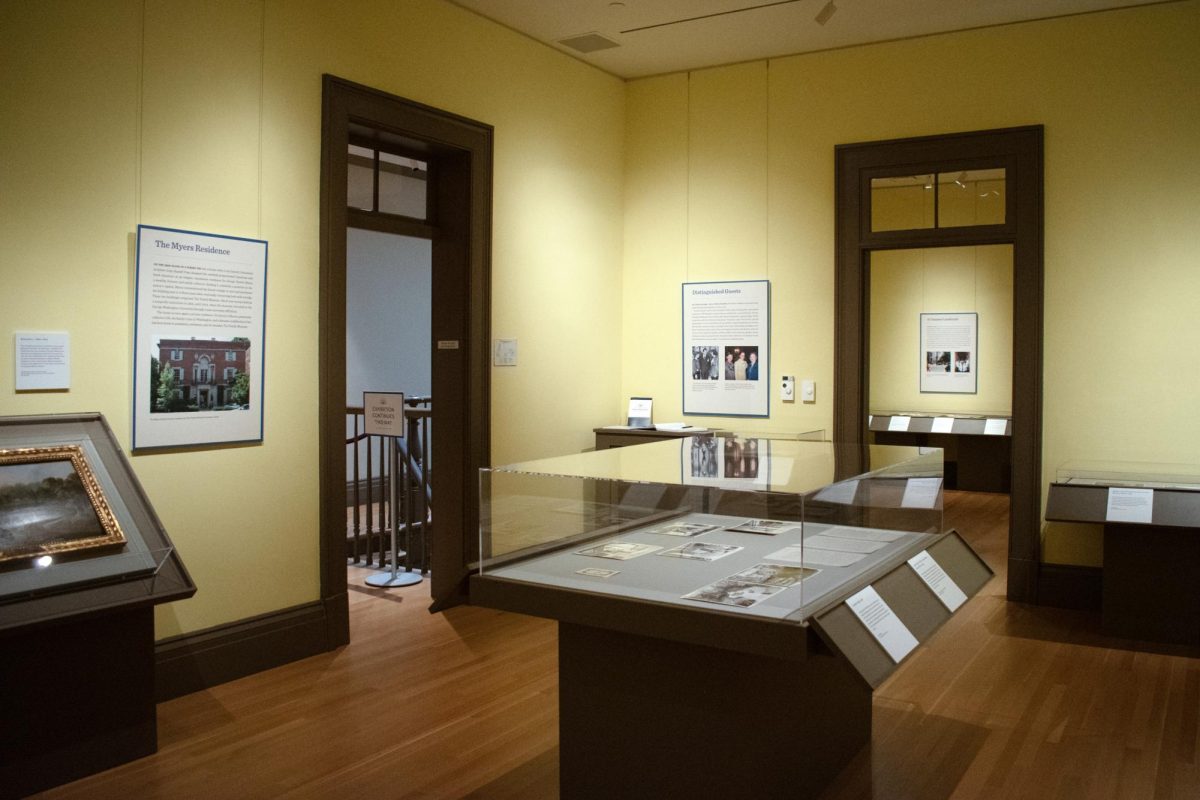A nonprofit museum dedicated to the history and influence of language and global communication will soon occupy a historic D.C. school.
Planet Word at the Franklin School will become a free, interactive museum featuring galleries covering the history and development of words when it opens to the public May 31. Planet Word Executive Director Patty Isacson Sabee said visitors can expect to experience language in history through 10 different galleries highlighting forms of communication like jokes, word puzzles, karaoke and songwriting.
“You’ll talk to the museum, the museum will talk back to you,” Sabee said. “First exhibit you might encounter is a 22-foot-high wall of three-dimensional words that respond to what you say to tell you origins of the English language.”
Sabee said Planet Word founder and CEO Ann Friedman began creating the museum in 2013 while they worked as copy editors and taught reading at Montgomery County Public Schools. Sabee said Friedman was inspired to pursue the project while living in the Middle East and grew interested in connecting communities across the world through words and language.
“To think about ways to connect community and unite community … and how to engage young people with reading, it sort of blossomed into a larger vision around connecting people around word and language across all generations,” Sabee said. “All generations in this big idea that words and ideas matter.”
Sabee said Friedman wanted to explore a topic that is not widely incorporated in museum exhibits. She said communication, language and words are universal mediums that connect people of all ages, and she wanted to combine words with a platform that is both fun and intellectually engaging.
“We are all born curating our own words from the day we’re born,” Sabee said. “We’re curators. So why not be able to explore from the lens of a museum that looks at value to a community, that thinks in reflective ways about what matters and why it matters?”
To carry out the project, Sabee said Friedman assembled a national and international advisory board with scholars, linguists and creative practitioners like Will Shortz, who creates the New York Times crossword puzzles, and Jason Reynolds, who writes young adult novels. Sabee said the advisory board members help generate ideas and decide how people will experience the museum through different displays of language and communication.
“There are people with Ann and study with Ann the creative power of words and language, guiding on the narrative framework,” Sabee said.
Friedman and Sabee, along with the advisory board, are working with Local Projects – a design company in New York, known for conceptualizing the designs in the Folger Shakespeare Library, the Cleveland Museum of Art and the Guggenheim Museum Bilbao – to create the exhibits for the museum.
Sabee said the curators chose to open the museum in D.C. because the District intersects people who speak different languages and includes historical elements of the country. Sabee said Friedman wanted to house the museum in the historical Franklin School in particular because people often visit the District and reflect on the words behind U.S. governance, and the school has existed for more than 100 years of U.S. democracy.
The Franklin School was developed 150 years ago to be the first building of comprehensive pre-public education in D.C., and it was the first flagship school to be able to carry forward a vision of free education. Sabee said the Franklin School would fit the museum’s mission to serve as an educational resource.
“People can come to the museum and understand why it’s so powerful and important and fun and beautiful to engage with,” Sabee said. “They can understand those words and what that can do for you in terms of being a member of a democracy in a literate population.”







